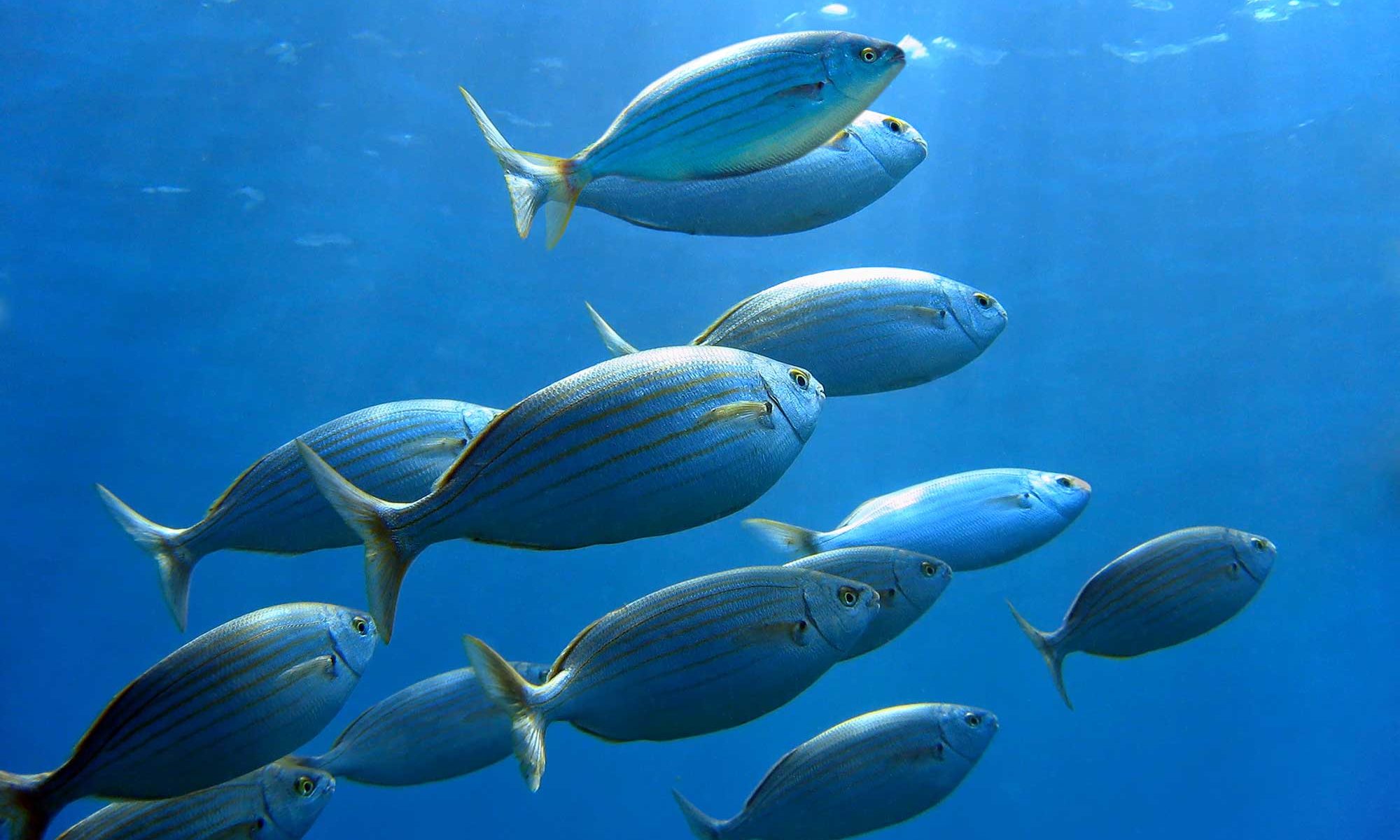Post-doc researcher Shivaram Arunachalam from the Research Centre Biobased Economy (RCBBE) of Hanze University Groningen applied the same principle in a new in situ real-time flow sensor. This can be used, for instance, to measure liquid flows in a pipeline, mixer or bioreactor vessel.
With a combination of 3D and inkjet printing, this sensor can be produced relatively cheaply. It is small, works without batteries and can possibly be assembled from renewable materials. Mid-September, Arunachalam held an online lecture about his research.
Read the full article on Agro&Chemistry.
Image: Damsea/Shutterstock



